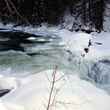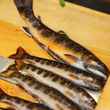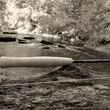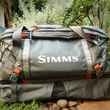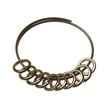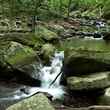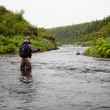A few months ago, while I was working on a climate essay for Fly Fisherman magazine, a well-known angler dropped me a note and mentioned that he no longer enjoys fishing the West during July and August. His reason? Summers out here have gotten too hot, and the fishing isn’t as good, or as reliable, as it used to be.
That’s a valid point, and while my buddies who own fly shops or guide services here in Montana don’t usually broadcast this info, I can tell you that our summers are indeed hotter and smokier than they used to be; a fact confirmed by our longterm temperature records and the increasing frequency of major wildfires. It also seems as if our winds are stronger, which makes sense. More heat in the atmosphere translates to more energy, and that energy has the potential to manifest itself as more wind.
Now as a story line, this pretty much sucks. The trends are heading in the wrong direction, at least for those of us who like cold mountain streams and rising trout, and barring strong, concerted action to reduce our fossil fuel emissions and put the breaks on climate change, the future is likely to be bleak. In other words, we’re not doing our kids or grandkids any favors by ignoring the overwhelming scientific consensus on global warming.




